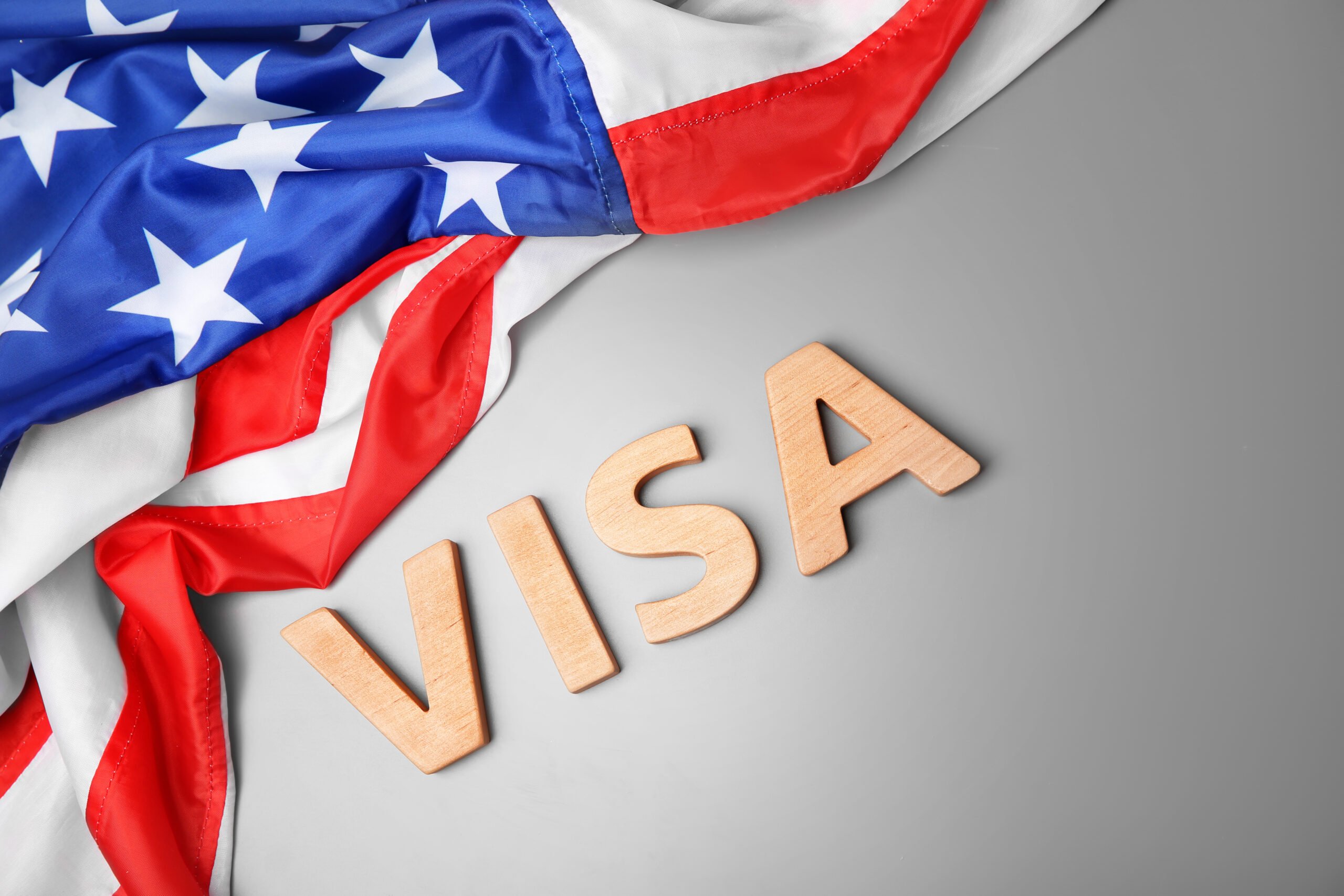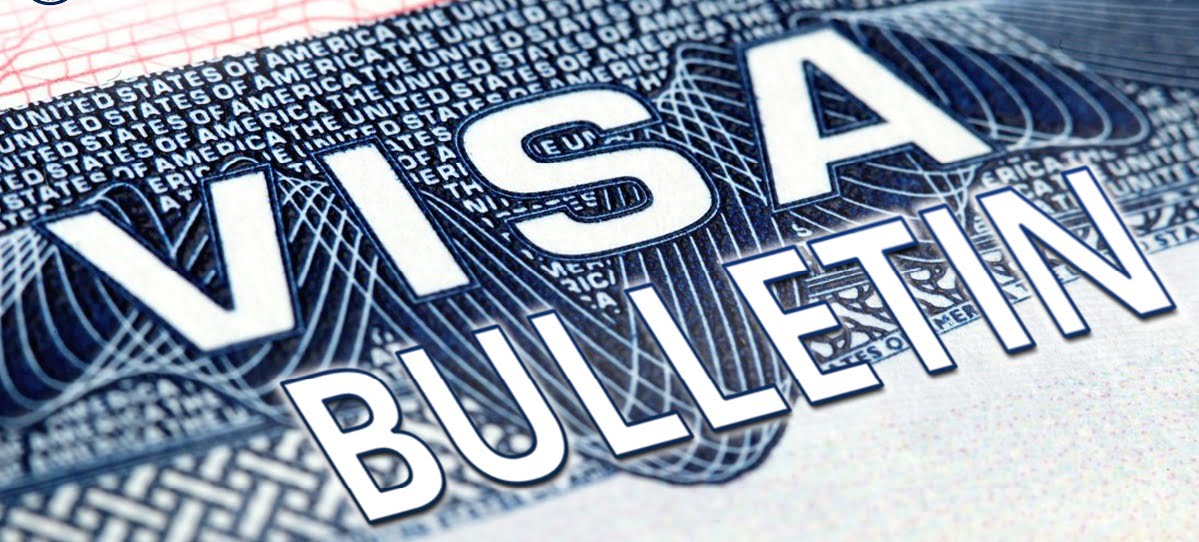What is an O-1 Visa?
The O-1A is a non-immigrant visa dedicated to individuals who possess extraordinary ability in the sciences, arts, education, business, or athletics, and O-1B is for people with an extraordinary ability in the arts or extraordinary achievement in the motion picture or television industry. Getting the O-1 visa is one of the easiest ways for qualified individuals to gain access to the largest economy in the world, and PassRight is committed to making it as simple as possible. Qualifying for this category may sound like a tough nut to crack at the beginning. However, this is not always the case. The basic idea behind this classification is that a foreign national with a proven track record should be allowed to enter the United States on this merit to apply these skills in the U.S. for the country’s benefit.
Requirements for Maintaining O-1 Status
The O-1 visa is one of the most advantageous non-immigrant work visas due to the ability to extend their status for an unlimited number of times and remain in the United States for as long as you can justify the basis for your extension requests. However, as simple as that might sound, there are specific requirements you must meet for you to continue maintaining your O-1 status. You must ensure that you follow the below requirements:
- Period of Authorized Stay
The O-1 visa can be granted with an initial up to three years of stay. After that, you can file subsequent O-1 visa extensions of up to one year an unlimited number of times as long as you can prove the necessity of your work here in the United States. If you want an extension of stay, your petition must be submitted before the expiration of your current status. Therefore, you must respect the period of stay on your I-94 record while filling out a petition for a visa extension. Every delay might put you at risk of receiving a dubious pleasure of being “out of status,” which is one of the bases for the inability to maintain O-1 status.
It is important to remember that USCIS allows filing an O-1 visa extension request up to six months before the expiration date on your I-94. While it is not mandatory to file for an extension that early, the rule of thumb here is simple: the earlier you send, the faster you will be able to get the approval.
- Receiving a salary
Remember that as an O-1 is an employment-based visa you need to be employed and receive a salary to maintain this status. If you apply for an O-1 extension or a green card in the future, you will need to show pay stubs from your employer that you received during the validity period of your O-1.
- Material Change to Your O-1 Employment Authorization
When you file for O-1 Visa status, your employer must submit a Form I-129, Petition to the U.S. Citizenship and Immigration Services (USCIS). After receiving an O-1 status, it is important to remember that you are allowed to work only for the employer that filed the O-1 petition, and you may engage only in work specified and described in the appointment letter and in the O-1 petition If you decide to work with some other company, or you change your position inside the firm, you also have to file an amended form of an O-1 petition, as there is a “material change” in your employment.
Unfortunately, there is no exhaustive list of what qualifies as a material change. However, there are a few guidelines as to the type of change that can be eligible:
- Changing job titles or duties,
- Moving to a new worksite or location,
- Changing from full-time to part-time, or vice versa,
- Major changes in the company (acquisition or merger).
Some changes may be small enough that it is not necessary to file an amended petition. In the end, it is worth mentioning that if you wish to do collaborative work for multiple employers, each employer must file a separate petition for that specific work before the work begins. This situation is called a concurrent O-1 petition. It is also important to remember that your employer-employee relationship ends simultaneously with your O-1 visa. If you want to change the employer, the new employer must file the new O-1 petition before the current employment ends.
Benefits of getting O-1 status
There are several benefits of having an O-1 status in the U.S. First, the criteria tend to overlap with EB-1A (a green card category) which makes getting a permanent residency easier. Secondly, the O-1 is a dual intent visa and you do not need to keep a foreign residence or show an intent to return to your home country. Last but not least, an O-1 visa is valid for three years and is open to unlimited extensions as long as your work continues.
Travel abroad with O-1 Visa
Immigration law does not place travel restrictions on an O-1 visa. Therefore, you may travel as often and as far as you want and return to the U.S. after your trip abroad. However, if an O-1 visa holder plans to travel overseas, It is imperative to fulfill all immigration obligations needed to maintain your status outside the U.S. To re-enter the U.S. after your trip, you will need:
- A passport that is valid for at least six months longer than your O-1 visa expiration date
- A valid O-1 visa stamp in your passport.
- I-797, Approval Notice for your O-1 visa
The only exception from the procedure mentioned above is traveling only to Canada or Mexico for fewer than 30 days. You will then not need to obtain a new visa stamp to return to the U.S. To qualify for this exception you:
- Must be in lawful O-1 status
- Must have an unexpired I-94 card
- Must have a passport valid at least six months into the future from the day you return
- Must travel only to one of the destinations above and for fewer than 30 days (for example, you cannot use revalidation to enter Canada, depart to another country, return to Canada and then return to the U.S. within 30 days)
- Must not apply for a visa while in Canada or Mexico (If you apply for a visa while in Canada or Mexico, you must wait for it to be issued before you return. If your visa application is denied, you are not allowed to use “automatic revalidation” to return to the U.S. and need to travel to your country of citizenship to apply for a new visa.)
- Must have a current original I-797 Approval Notice in your possession
- Must have an O-1 visa (expired or valid) in your passport that matches the immigration status described by your I-94 card (If you have changed your nonimmigrant status in the U.S., the visa may correspond to your previous non-immigrant status before the change was granted)
- Must not be a citizen of a country other than Syria, Iran, Iraq, Sudan, North Korea, or Libya (If you are a citizen of Syria, Iran, Iraq, Sudan, North Korea, or Libya, you do not qualify for this waiver)
Anyone who has gone through the U.S immigration process will tell you that U.S. immigration law is formal, complex, and unforgiving. As a result, every petition needs to be as strong as possible. Hiring an experienced team who has secured hundreds of visas gives you the best chance to obtain this visa. This is why, if you do not have time or patience for immigration rules and regulations, trust professionals and contact Passright. We are an experienced team of legal specialists and attorneys committed to making the whole process as simple as possible.
FAQs
Is it possible to apply for a visa through a company that I own in the United States?
Yes, you can sponsor your O-1 visa through your own company. However, it is important to show that there is still employee-employer relationship and you are a bona fide employee of this entity. As such there should be someone in the company to supervise your work.Is it enough to set a world record in a sport to qualify for a visa?
Yes, setting a world record can be great way to show your standing as a top star in your sector. We can use it as a major award and original contribution to your sector.What are the requirements for obtaining a visa for a blogger?
If you are a blogger or other influencer, you might be eligible for an O-1B visa if you meet at least three of the eligibility criteria. If you have significant number of followers, press articles covering your accomplishments and received some awards for your excellence in the field, O-1 visa may be a great fit!Which is easier: getting an O-1 visa and then applying for a green card or applying for an EB-1 visa right away?
There is no straightforward answer to this question as to the number of factors that play an important role, such as employment, your long-term plans, your dependents, and their life plans. However, we usually recommend getting an O1 visa first, and after a while, filing for an EB-1 visa. The criteria for both categories tend to overlap.Who can file an O-1 petition?
An O-1 petition may be sponsored by either a U.S. company, agent, or foreign employer.









